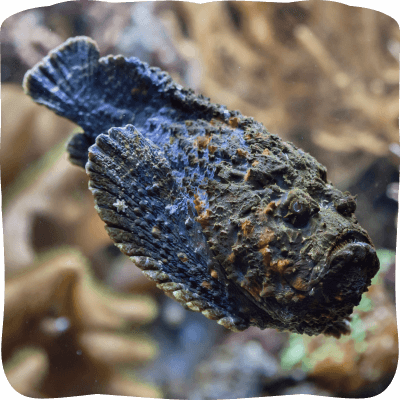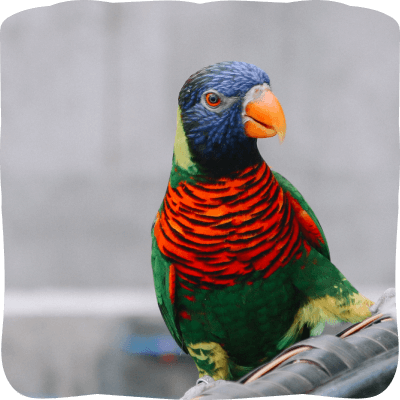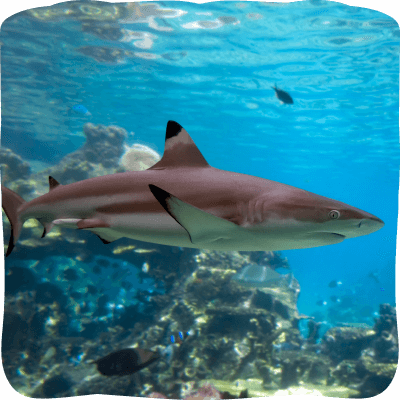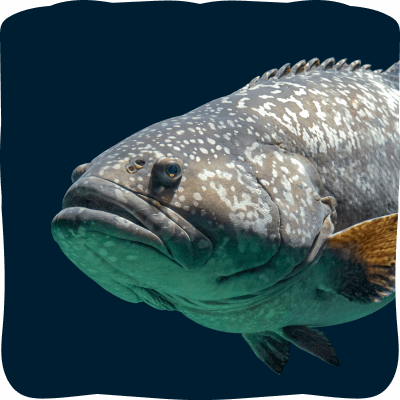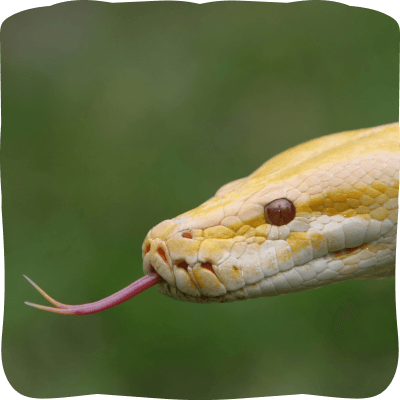The spotted eagle ray (Aetobatus narinari) is a cartilaginous fish. It is found globally in tropical regions, including the Atlantic, Pacific and Indian Oceans. The ray can be identified by its dark dorsal surface covered in white spots or rings. Near the base of the ray’s relatively long tail, just behind the pelvic fins, are several barbed stingers
Meet the Animals
Eagle Ray
Quick Facts
Eagle Ray
Aetobatus narinari
- How Big?
Mature spotted eagle rays can be up to 5 meters (16 ft) in length; the largest have a wingspan of up to 3 meters (10 ft)
- Life Span
25 years
- Weight
230 kilograms (507 lb)
- Eats
Spotted eagle ray preys mainly upon bivalves.
Overview
Eagle Ray
Where
It is found globally in tropical regions, including the Atlantic, Pacific and Indian Oceans. Recent authorities have restricted it to the Atlantic (including the Caribbean and Gulf of Mexico) with other populations recognized as the ocellated eagle ray (A. ocellatus) and Pacific white-spotted eagle ray (A. laticeps).
Growth
Mature spotted eagle rays can be up to 5 meters (16 ft) in length; the largest have a wingspan of up to 3 meters (10 ft).
Off Spring
The spotted eagle ray develops ovoviviparously; the eggs are retained in the female and hatch internally, feeding off a yolk sac until live birth. After a gestation period of one year the mother ray will give birth to a maximum of four pups. When the pups are first born, their discs measure from 17–35 centimeters (6.7–13.8 in) across. The rays mature in 4 to 6 years.
Behaviour
Spotted eagle rays prefer to swim in waters of 24 to 27 °C (75 to 81 °F). Their daily movement is influenced by the tides; one tracking study showed that they are more active during high tides. Uniquely among rays they dig with their snouts in the sand, surrounding themselves in a cloud of sand that spews from their gills.
Feeds on
Spotted eagle ray preys mainly upon bivalves, crabs, whelks, benthic infauna they also feed on mollusks, crustaceans, particularly malacostracans and also upon hermit crabs, shrimp, octopuses, and some small fish.
The spotted eagle ray’s specialized chevron-shaped tooth structure helps it to crush the mollusks’ hard shells. The jaws of these rays have developed calcified struts to help them break through the shells of mollusks, by supporting the jaws and preventing dents from hard prey.
You may also like
Previous
Next

